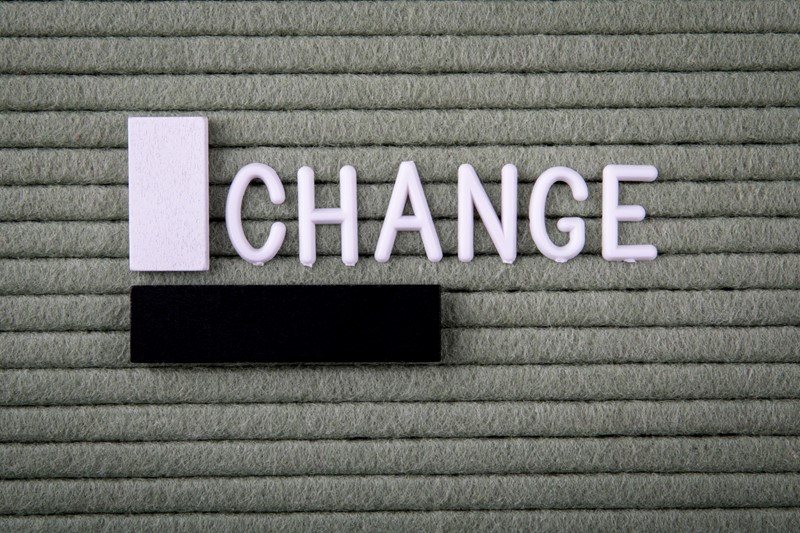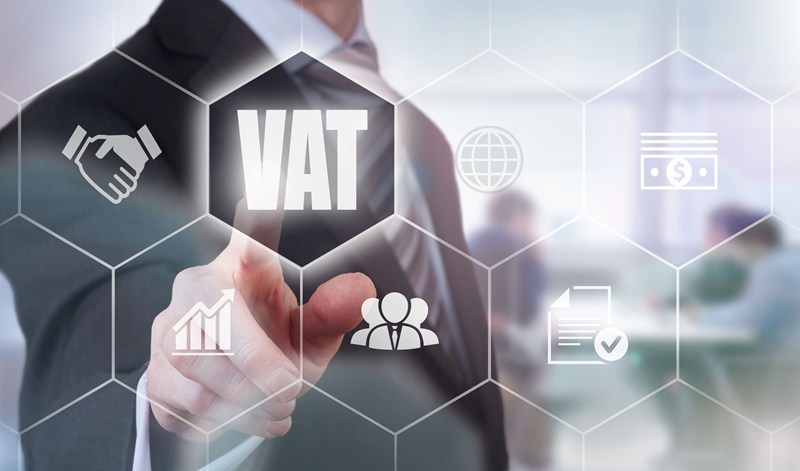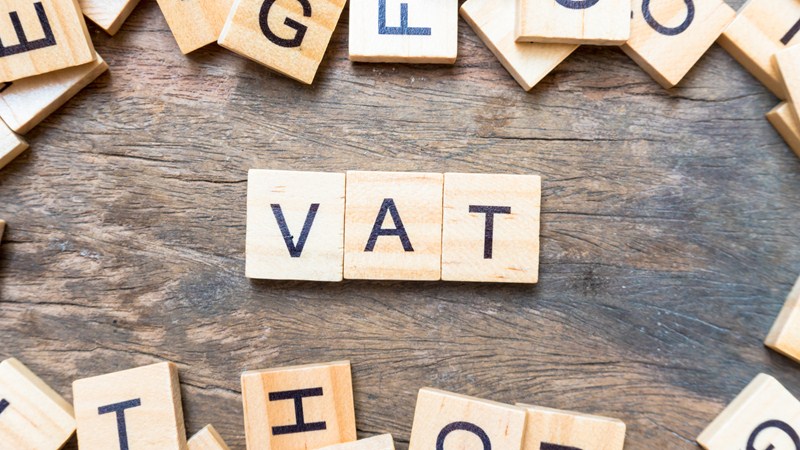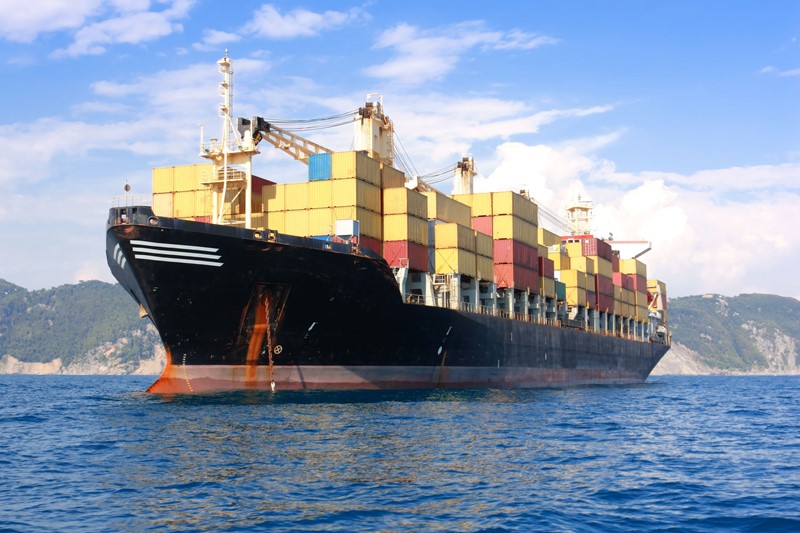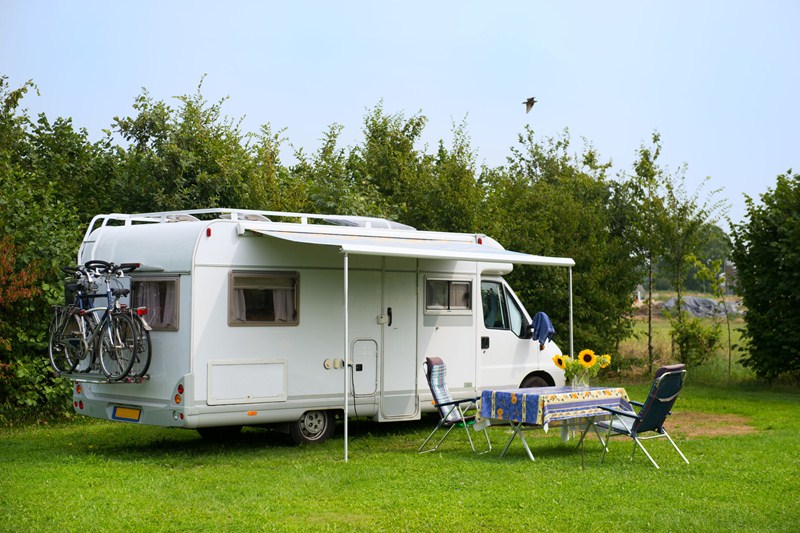The taxable turnover threshold that determines whether businesses should be registered for VAT increased to £90,000 from 1 April 2024. The previous limit was £85,000. The taxable turnover threshold that determines whether businesses can apply for deregistration was also increased from £83,000 to £88,000 on the same date. It had been previously announced that the rates would be frozen until 31 March 2026. However, the Chancellor’s announcement makes the first change in 7 years to the rates and has been designed to help SMEs.
Businesses are required to register for VAT if they meet either of the following two conditions:
- At the end of any month, the value of the taxable supplies made in the past 12 months or less has exceeded £90,000 (2023-24: £85,000); or
- At any time, there are reasonable grounds for believing that the value of taxable supplies to be made in the next 30 days alone will exceed £90,000 (2023-24: £85,000)
Businesses with no physical presence in the UK may also have a liability to be VAT registered in the UK if they supply any goods or services to the UK (or expect to in the next 30 days).

